Liquid-Applied Air Barrier on Rim Joists
Hi, I would like to air seal the rim joists in my 100 year old house with Visconn and Visconn Fiber. How thick does the Visconn need to be in order to air seal effectively? And would this create any potential problems with moisture, mold, wood rot, etc? After applying the Visconn to air seal, the plan would be to insulate with mineral wool batts. One other thing: there is currently mineral wool batts in the rim joists with no air sealing. The insulation contractor refused to air seal unless I was purchasing closed cell spray foam as both insulation and air sealing. Is the mineral wool by itself a potential moisture issue?
GBA Detail Library
A collection of one thousand construction details organized by climate and house part
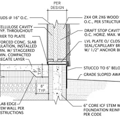
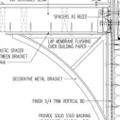

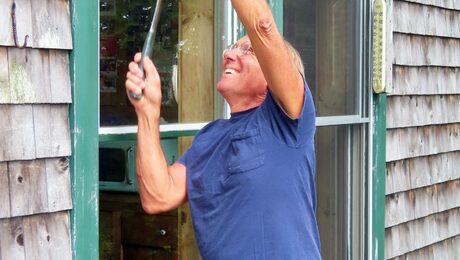


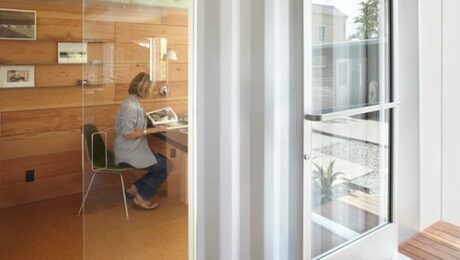
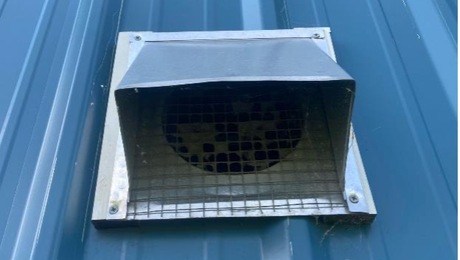
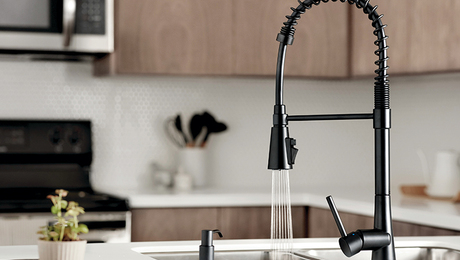
Replies
Just checking in on this again. Does anyone know how thick Visconn needs to be for rim joist air sealing? Has anyone ever used it? I can’t find any insulation contractors who are willing to do so (they will only either air seal with closed cell foam or just not air seal at all).
It sounds like you are trying to avoid using foam, is that correct?
The typical approach to insulating and air sealing rim joists use either spray foam or rigid foam: https://www.greenbuildingadvisor.com/article/insulating-rim-joists
The comments in this thread about foam-free rim joist insulation might give you some places to start, especially the comment from Malcom Taylor: https://www.greenbuildingadvisor.com/question/insulating-rim-joist-without-foam
Using Visconn to air seal the rim joist seems like a fine approach to air sealing at the rim joist. I would expect the thickness to be specified in the manufacturer's installation instruction or specifications. Is it not? If you insulate with mineral wool, the challenge will be to create an air tight vapor retarder on the interior side of the mineral wool. That sounds tricky, which is why it is an uncommon approach. But where there's a will there's usually a way ;)
The air barrier needs to be continuous to have real affect, otherwise air will find away around and through assemblies.Sealing your rim joists is great, but the sealing system should tie into a continuous plane of air tightness.
If you have a continuous air barrier on the outside of the house, your interior vapor barrier/retarder does not need to be air tight. Think a sheet material stapled up but not taped or caulked at the edges or penetrations.
Am I understanding the situation correctly?
Thank you both for your feedback. Just some context:
Moved in summer 2020
May 2021: hired insulation company to insulate rim joists with visconn fiber for air barrier and mineral wool batts for insulation. Company only installed the mineral wool, saying that the only air sealing they do is with spray foam. So currently, the rim joists are just stuffed with mineral wool batts.
The joist bays are all irregular and some are very hard to access. Foam board cutouts would be extremely time consuming.
Also, one wall of the basement (south facing) has fiberglass batts stuffed right up against the rim joists and this is somewhat enclosed by a drywall ceiling. This was done by the previous owner who lived in the house for decades.
So needless to say, the rim joist is complicated. I’m not sure whether to just remove the mineral wool batts to prevent wood rot issues and deal with a draftier house. Or should I just bite the bullet and spray foam the whole rim joist. I’ve been trying to avoid using spray foam anywhere in the house (so far there is none). But to even spray foam effectively, the dry wall ceiling would have to be ripped out along the rim joist. Also, we’re going to have a small solar battery and probably one more Fujitsu unit installed in the next year or so (slim duct for upstairs). The main electrical panel is right below the rim joist in the northwest corner of the house. My understanding is that spray foaming the rim joist could make future electrical work difficult, no?
I'm curious what you ultimately ended up doing with your rim joists. I have energy assessment clients who don't want spray foam, and I'm not a fan either. Foam board sprayed in place doesn't necessarily prevent all air infiltration because the corners behind the foam board aren't sealed. Been thinking a liquid applied WRB (Viscon or Prosoco) could solve for this. Not sure if you'd still want to do the foam board and then mineral wool or if just the liquid WRB and mineral wool would be okay.
gbshv,
It's not just the air-barrier that is a concern, it's also vapour movement. You need something impermeable located where it can stop moist interior air from getting to the cold rim-joist and condensing. That's what the foam board or spray foam is for.
The two links in Brendan's post #2 above and the ensuing comments cover things pretty comprehensively.
Thanks, Malcolm! Most of the weatherization crews around here go straight for the 2" closed cell spray foam approach. However, we've seen on many assessments where the foam is not dimensionally stable (or wasn't mixed properly in the first place) and has pulled away from the joists. There goes your air barrier! We prefer the foam board method but it was pointed out that even with 1-part foam sealed in place, there can still be air leakage around the backside of the foam board. Hence, the suggestion of the liquid applied WRB before the foam board goes on. Thanks for clarifying that you still need the foam board for vapor control vs. going right to mineral wool. I tend to forget that the liquid applied WRB is actually vapor permeable!
The same size sausage of Prosoco AirDam is cheaper than the same size sausage of Prosoco FastFlash by 10 bucks on Amazon.
AirDam is a vapor barrier.
Since "great stuff" can "closed cell" isn't loved here for long term stability, I have often wonder why it gets approval to seal rim joists.